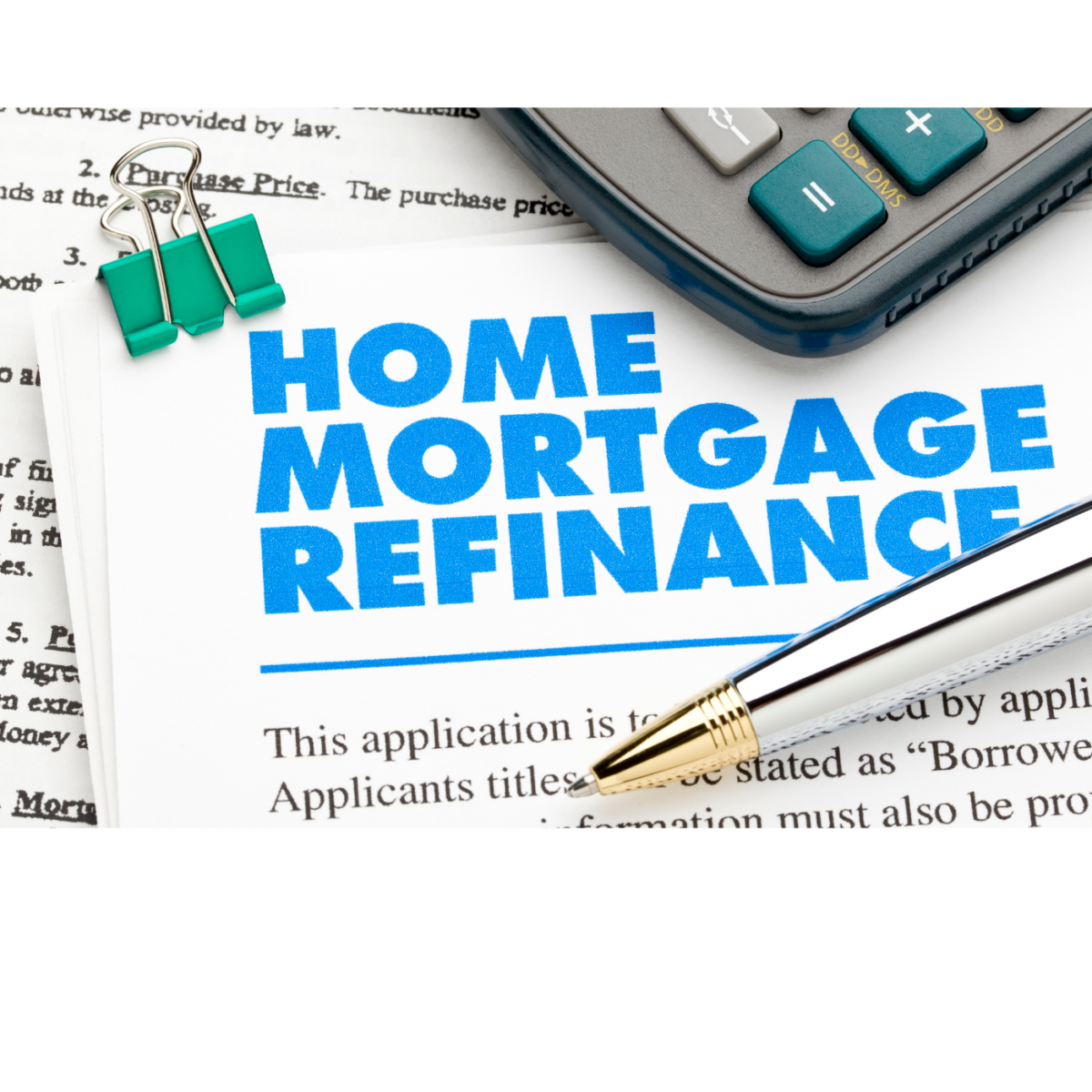The journey to homeownership is a major life event marked by diligence, perseverance, and strategic decision-making. In addition to acquiring your dream home, mortgage refinancing may offer opportunities after the initial closing that better meet your financial goals.
Benefits of Refinancing Your Home
Refinancing allows you to restructure your home loan under potentially more favorable terms. This financial maneuver can offer significant advantages, including reducing mortgage interest rates, facilitating accelerated repayment schedules, accessing your property’s equity, cleaning up credit, or generating substantial savings over the life of the loan.
Securing Lower Interest Rates
One of the most common reasons homeowners refinance is to secure a lower interest rate, which can significantly reduce your monthly mortgage payments and save you a substantial amount over the life of the loan. However, there are costs associated with refinancing, such as appraisal fees, closing costs, and lender fees–and they can be substantial.
If the costs outweigh the savings from the lower interest rate, refinancing may not be worth the effort and expense. Run the numbers to ensure that you are making the right move. Use an online mortgage refinance calculator to help estimate these costs and savings.
Shortening Your Loan Term
Refinancing could allow you to pay off your mortgage faster by reducing the loan term. For instance, you could refinance from a thirty-year loan to a fifteen-year loan. While a shorter loan term typically comes with lower interest rates, it can also increase your monthly payments, putting a strain on your budget.
Carefully consider your monthly budget before deciding to reduce your loan term. Make sure you can comfortably afford the higher payments. Otherwise, you’ll risk ending up in bankruptcy court and having a reaffirmation agreement after discharge.
Getting Extra Cash With a Cash-Out Refinance
A cash-out refinance allows you to tap into your home’s equity by refinancing for more than you owe on your current mortgage and receiving the difference in cash. This money can be used for home improvements, debt consolidation, or other financial needs.
Be aware that this increases the size of your mortgage and potentially the loan-to-value ratio, which can lead to higher interest rates. It can also extend the time it takes to pay off your home and may lead to additional mortgage insurance costs.
Switching From Adjustable-Rate Mortgage to a Fixed-Rate Mortgage
Switching to a fixed-rate mortgage means predictable payments over the life of the loan. Fixed rates might be higher than your current adjustable rate, but rates on an adjustable mortgage are unpredictable and can lead to higher monthly payments if interest rates rise.
If you plan to stay in your home long-term, switching to a fixed-rate mortgage could provide more long-term stability. If you plan to sell in a few years, a lower adjustable rate might be fine.
Steps to Refinance Your Home
You don’t want to waste any time or resources if refinancing is not right for you. Here are some things you need to think about before starting the process:
Know Your Credit Score
Most lenders require a credit score of at least 620 to refinance, so 690 is a good credit score to bring to the table. The best rates are generally available to those with scores of 740 or higher.
Your credit score represents your creditworthiness based on your past behavior. You can improve it by paying your bills on time, paying down existing debt, not applying for new credit, and making sure there are no errors on your credit report.
Assess Your Home Equity
Home equity is the difference between the market value of a home and the mortgage. The more equity you have, the more financial options are available to you. If you don’t have enough home equity to qualify for a refinance, build more equity by making regular payments on your existing loan.
Check Your Debt-to-Income Ratio (DTI)
Lenders look at your DTI to ensure you can afford new mortgage debt. A DTI of 43% is typically the highest that mortgage lenders will accept, but the lower the ratio, the better.
Lower your DTI by paying off debt. This could mean reducing credit card balances, paying off personal loans, or avoiding new debt.
Understand Refinancing Costs
Refinancing isn’t free–there are closing costs that usually add up to 2% to 5% of the loan amount, so refinancing costs might negate the benefits of refinancing. Analyze your break-even point (the point at which the monthly savings from a refinance offset the cost of refinancing) to see if it makes sense for you.
Compare Lenders
Not all refinancing deals are created equal. Different lenders offer different terms and rates. Use an online comparison tool or a mortgage broker to help you compare options from different lenders.
Apply for Refinancing
Lenders prefer borrowers with stable, predictable incomes who can comfortably make monthly payments. Establishing a steady source of income or showing two years of steady self-employment income will help demonstrate stability.
Submit a complete and accurate loan application. You’ll receive an estimate detailing loan terms, fees, and closing costs. At closing, sign the required documents, pay the financing costs, and close your new loan.
Final Thoughts
To successfully refinance a home, many people need to improve their credit scores. The Phenix Group can help if you find yourself in this situation–our team of experienced credit repair professionals knows the ins and outs of credit reporting. We can work with credit bureaus and creditors to fix errors on your credit report, effectively improving your credit score!

